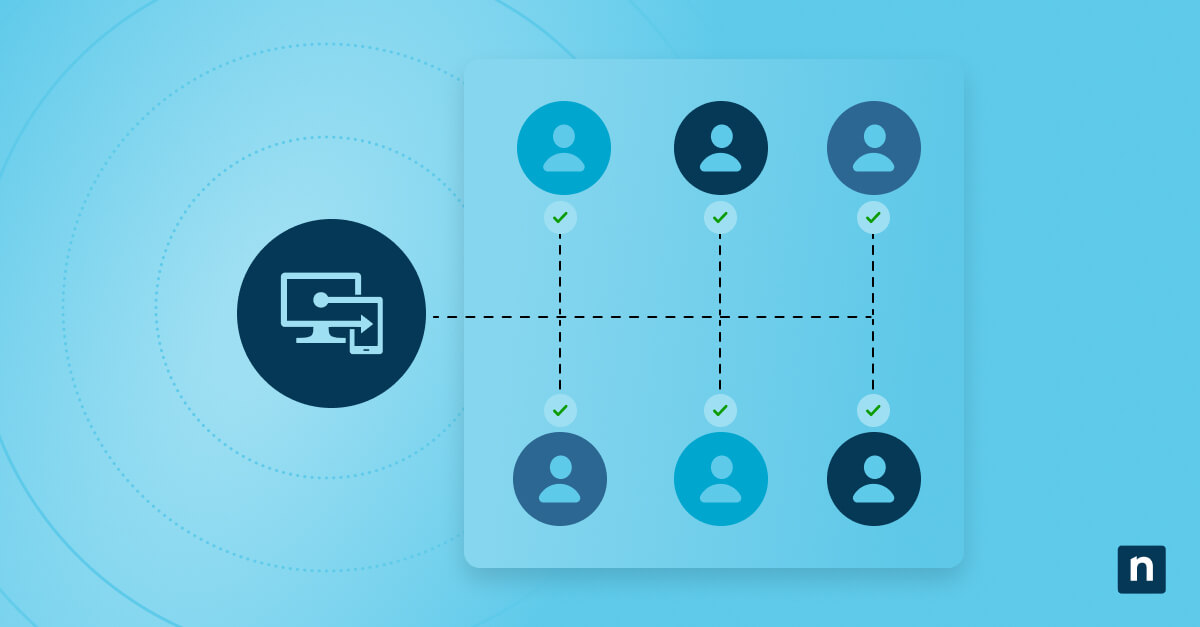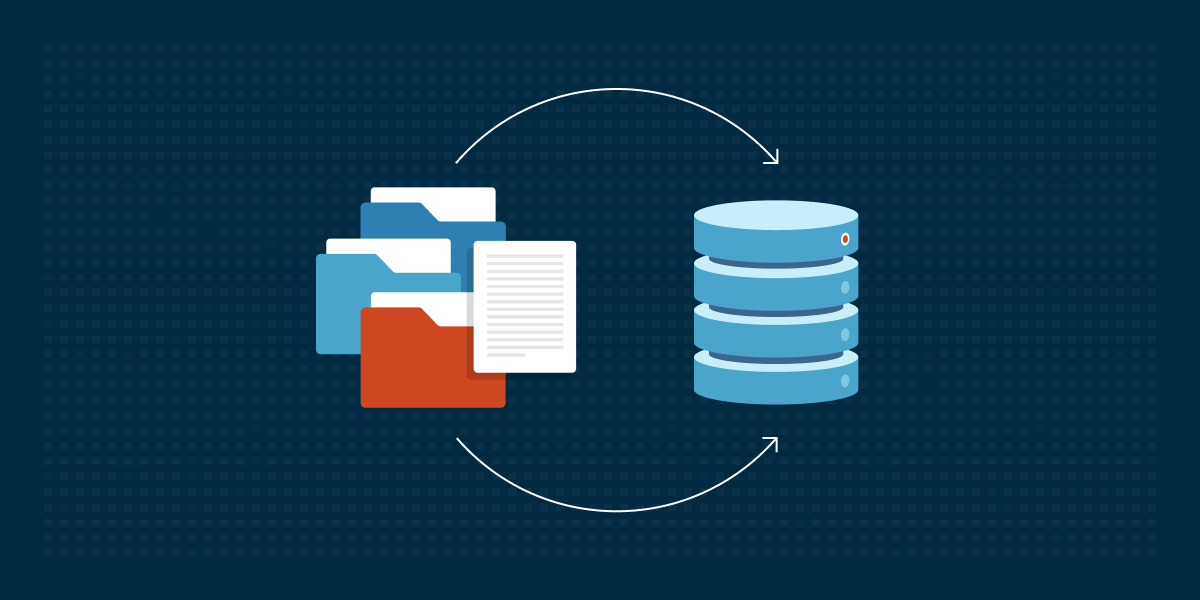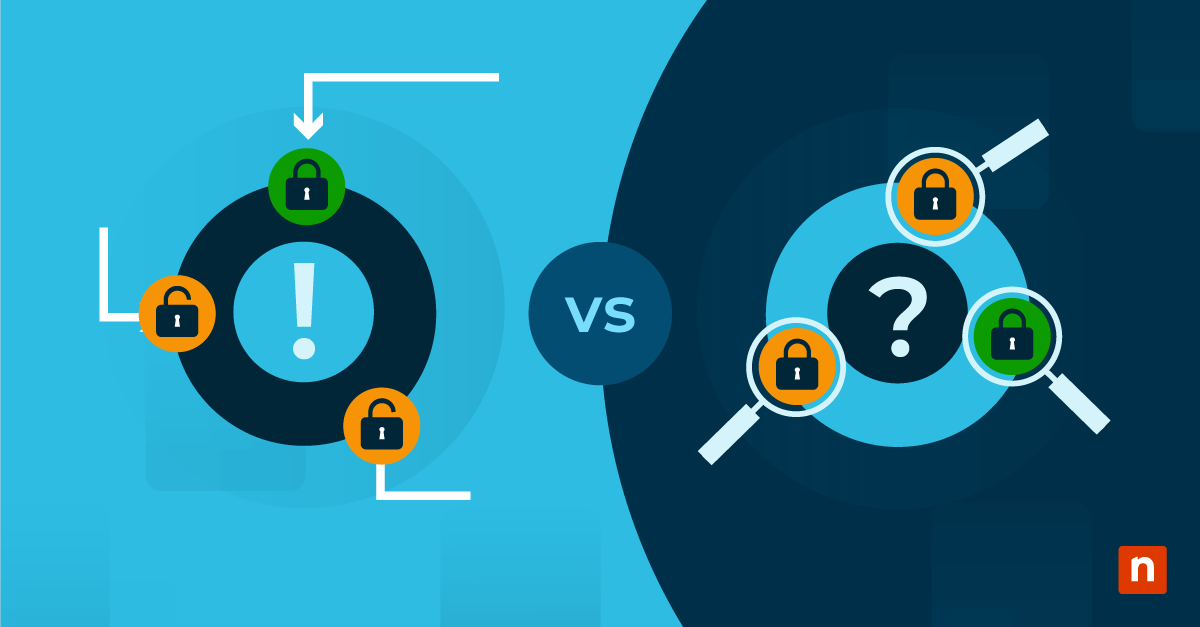Key Points
What is an MSP Service Level Agreement (SLA)?
- What It Does: SLA outlines the scope of services, performance metrics, and other terms or benchmarks agreed upon by the service provider and client.
- Why It Matters: A Service Level Agreement is crucial to a successful client-vendor relationship. It establishes confidence and trust between stakeholders and provides a defined path to a rich customer experience.
How Is It Measured: SLA is carefully measured by using key performance metrics such as service availability, resolution, and response time.
Establishing business expectations is the first step to delivering valuable services and maintaining a positive client experience. In modern MSP operations, stakeholders refer to this as Service Level Agreements (SLAs).
In this article, we’ll discuss the key metrics to include in an SLA document as well as best practices for SLA contracts. This key information will help you create comprehensive SLAs that meet present demands and can adapt to your growing business.
Take complexity out of your IT environments with centralized device management.
→ Discover how NinjaOne Endpoint Management® helps improve IT service delivery
What is an SLA?
A service level agreement (SLA) marks the terms and agreements between stakeholders. Here are some key components in an SLA between a managed IT service provider (MSP) and its client:
- Scope of services: The IT services and support the MSP will provide (e.g., network monitoring, helpdesk support, patch management).
- Performance metrics: Measurable service targets such as response time, resolution time, and service uptime or availability.
- Monitoring and reporting: Outlines how performance will be tracked and how reports will be shared (e.g., monthly performance dashboards).
The SLA applies to the contract’s entire duration, and the MSP is legally obligated to adhere to the defined conditions.
How do clients benefit from an SLA?
The SLA guarantees that clients receive timely and consistent support.
It also outlines the defined metrics that can be used to track and review the service provider’s performance.
In addition, the document establishes clear contact protocols and escalation paths, including action plans, penalties, or credits for unmet performance.
How do MSPs benefit from an SLA?
MSPs can leverage the SLA to provide a clear outline of responsibilities and services, eliminating ambiguities and unrealistic metrics.
Internally, the document also enables teams to have defined targets, performance benchmarks, and a feedback system. Business-wise, the SLA is also taken as a measure of transparency and professional credibility across global industries.
We’ll revisit this more thoroughly in a later part of this article.
Important metrics to measure SLA success
SLA metrics can vary significantly from one MSP to another, but there are a few standard benchmarks that most IT providers will use:
Common SLA metrics | How it works |
| Response timelines | A key metric for service-oriented businesses like managed IT providers. How it works: An SLA response timeline metric should find a realistic balance between your resources and what the clients demand so that service isn’t delayed, but you’re also not struggling with resource allocation. |
| First-time resolution | This is a strong indicator of customer experience, as most MSP clients want to keep their troubleshooting interactions to a minimum. How it works: A service-delivery metric to measure your service efficacy by scoring how many interactions it takes to resolve an issue. |
| Availability and uptime | The allotted time that clients can expect to access and use their services. How it works: For an MSP, this may include the availability of their network, cloud services, and VoIP phone system. It should also state what is considered downtime, its business impact, and the corresponding resolution window. |
| Mean-time to resolution (MTTR) | The MTTR portion of the SLA can raise the client’s confidence in your ability to remediate their IT problems swiftly. How it works: MTTR marks the average time for an issue to go from an opened service event to a closed and resolved ticket. Since the complexity of IT events varies, most MSPs will group their MTTR metric into different categories based on the type of service issue. |
As we’ve discussed, metrics make up most of a service level agreement. By setting quantifiable benchmarks, it’s possible to see if the service provider fails to meet or exceed their expectations.
Why are SLAs important to MSPs?
We briefly touched on this topic at the start of the article. This time, let’s explore in depth how an SLA improves MSP operations.
Establish clear and transparent expectations
Clients should know exactly what to expect from the service they’re paying for.
Sometimes, the promises made during the sales process are vague or colored by “marketing speak,” and more transparent definitions must be provided.
Think of any situation in which the term “up to” was used, as in “up to 99% guaranteed uptime.”
Bolster the vendor and client relationship
Any feelings of unmet obligations will lead to a breakdown in your relationship with your client. A negative customer experience is one of the most damaging things in a service-oriented industry.
Clarity and rigid metrics are your defense against this risk. Of course, this is a two-way street, and your SLA will also help ensure that your clients meet their requirements and do what they need to do.
Define the terms of remediation
You and your clients should know exactly what will happen if SLA terms aren’t met.
This helps avoid renegotiation or “haggling” if something should go wrong. By providing clients with credits or other forms of recourse when benchmarks are not delivered, you may also avoid potential legal repercussions for breach of contract.
Accurate planning and predictable outcomes
An SLA will help you determine the service levels that will be expected of you to provide quality service for each new client. Your established benchmarks will make it far easier to estimate resource requirements, staff allocation, tool costs, etc.
Improve internal processes
An SLA isn’t just useful to your client.
By monitoring these metrics, you can also measure how well you’re meeting your objectives. Your SLA can shed light on many internal factors, from employee performance to process efficiency. In your quest for 100% SLA adherence, it’s pretty much requisite that you spend time optimizing and improving your operations.
Never miss an SLA by integrating various IT tools in a unified IT management platform.
Best practices for maintaining a high level of service
There are many different ways to construct your SLA, but having a few MSP-specific SLA examples and best practices is optimal to create a balanced framework. On that note, here are some of the key practices that generally apply to IT management services:
- Use SMART goals – An SLA has no room for vagueness. Your metrics must be specific, measurable, achievable, relevant, and time-bound (SMART). Seek to define all expectations with hard numbers that can be accurately measured.
- Internal SLAs should mirror client SLAs — Creating internal SLAs makes it easier for your teams to track and adhere to the client-facing SLA.
- Update the SLA regularly – SLAs are expected to change based on changing vendor pricing and preferences, industry regulations, resource availability, and the demands of the market. That said, you should maintain clear and upfront communication before committing to any changes. Keep a version history of previous SLAs and make them available to your clients.
- Use transferrable SLAs – Transferable SLAs are important in the case of a merger or acquisition. These adaptable SLAs give clients peace of mind and protect your own assets and reputation should you be the one to undergo acquisition.
- Ensure accurate monitoring – You can’t ensure SLA adherence without defined tracking of IT metrics. Stakeholders must be able to measure performance and compare it against the terms outlined in their agreement.
- Security clauses – With the level of cybersecurity risk involved in running a modern MSP, your SLA document should include a security clause. This will help you avoid or manage liability in a court of law after an unfortunate incident.
- Indemnification and recourse – Include terms outlining compensation for an SLA breach. Many MSPs offer service credits for minor breaches like SaaS downtime, but you must also address further costs arising from the impact on the client’s business. Work with your legal team to set monetary caps and other boundaries to protect your MSP.
Finding the perfect IT management tool to deliver SLA
A Service Level Agreement is a crucial foundation for a successful client-vendor relationship. It establishes confidence and trust between stakeholders and creates a clear path to offering a rich customer experience.
To take it further, you can now focus on putting together an effective and efficient action plan to meet or exceed SLA requirements consistently. This includes finding the perfect IT software to boost performance and streamline operations.
NinjaOne consolidates many of the IT management tools you need in one intuitive and dynamic platform, making monitoring SLAs and meeting performance metrics easier. With a powerful RMM at the core of your operations, you’ll be in a position to satisfy client expectations and the demands of an evolving and determined workforce.







